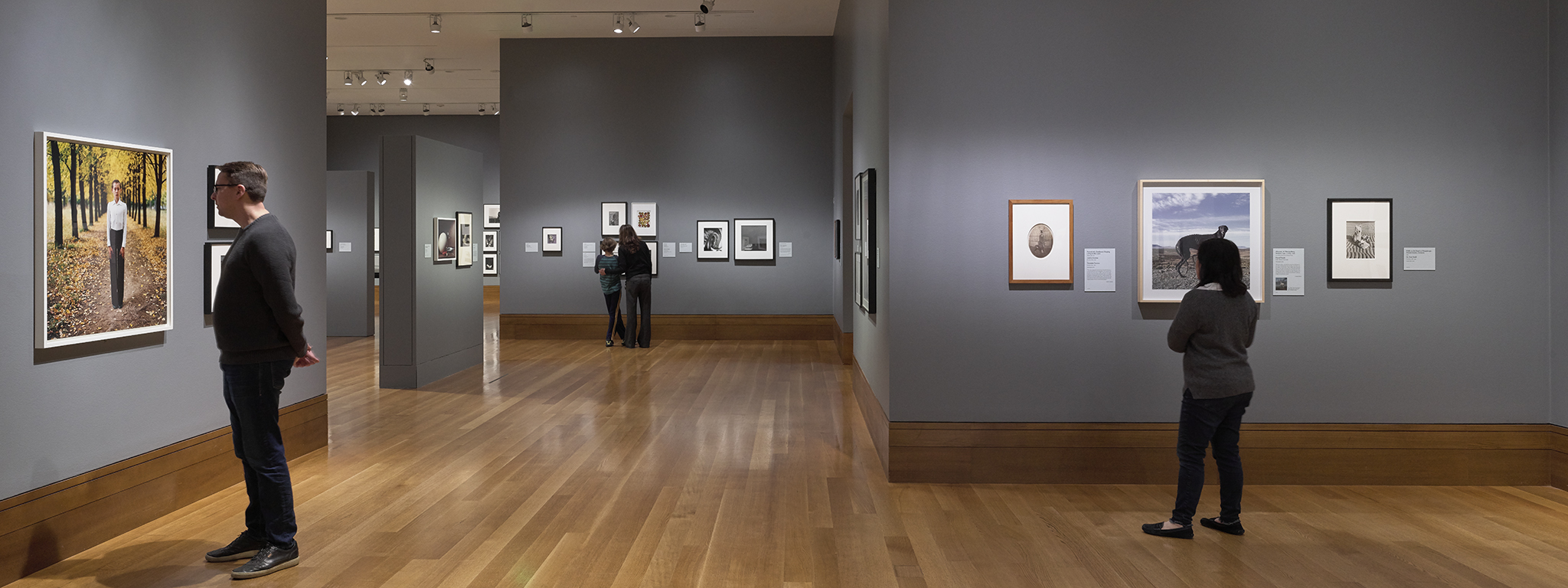Unseen
35 Years of Collecting Photographs
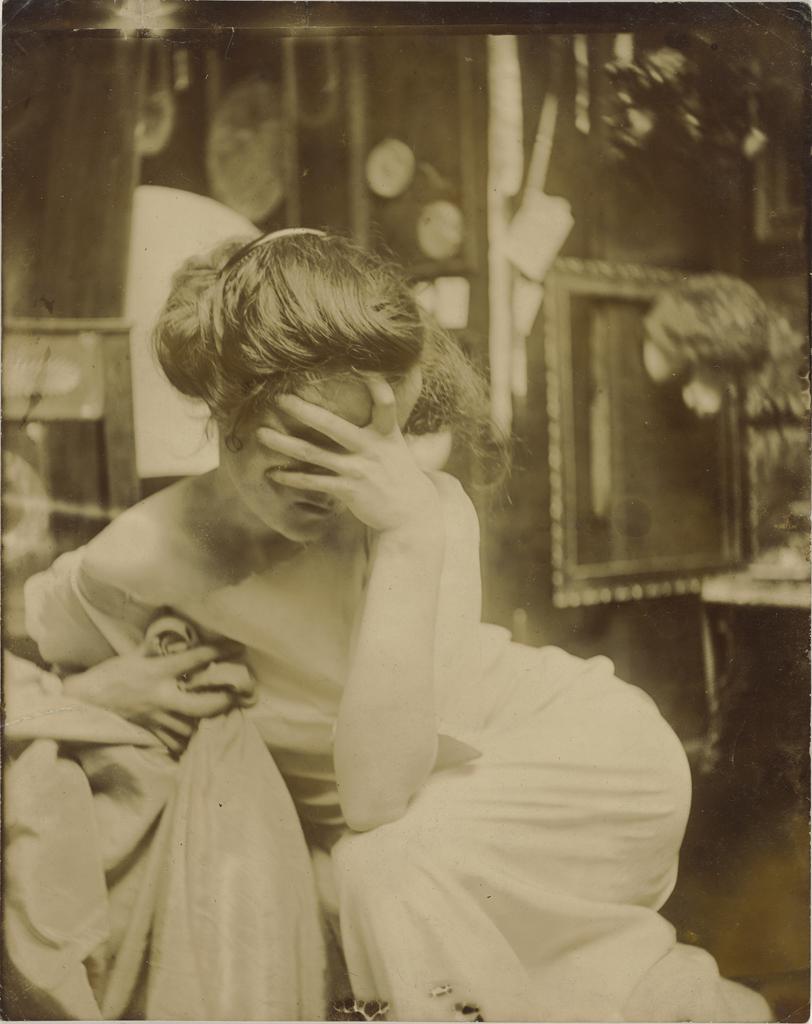
Thirty-five years ago the Getty Museum created its Department of Photographs with the acquisition of several world-famous private collections. This dramatic initiative, which extended the institution’s holdings well beyond the parameters favored by J. Paul Getty, immediately established the Museum as a leading center for photography. While the founding collections are particularly strong in nineteenth and early-twentieth-century European and American material, the department now embraces contemporary photography and, increasingly, work produced around the world. Currently numbering over 148,000 photographs, the collection forms a vast mosaic that continues to evolve, shaped by several generations of curators and benefiting from the generosity of engaged and enthusiastic patrons and collectors.
Since the department’s founding, its photographs have been featured in more than 160 exhibitions at the Getty, but only a small percentage of the entire collection has ever been on public display. For this exhibition, rather than showcasing the best-known highlights, the curatorial team has unearthed an array of treasures that have never been shown here before. Their selection offers a stimulating pathway through the collection, highlighting visual associations among photographs from different places and times to illuminate the breadth of the Getty’s holdings and underscore a sense of continuity and change within the history of the medium.
The curators have personalized particular labels to give voice to their individual insights and perspectives.
1984
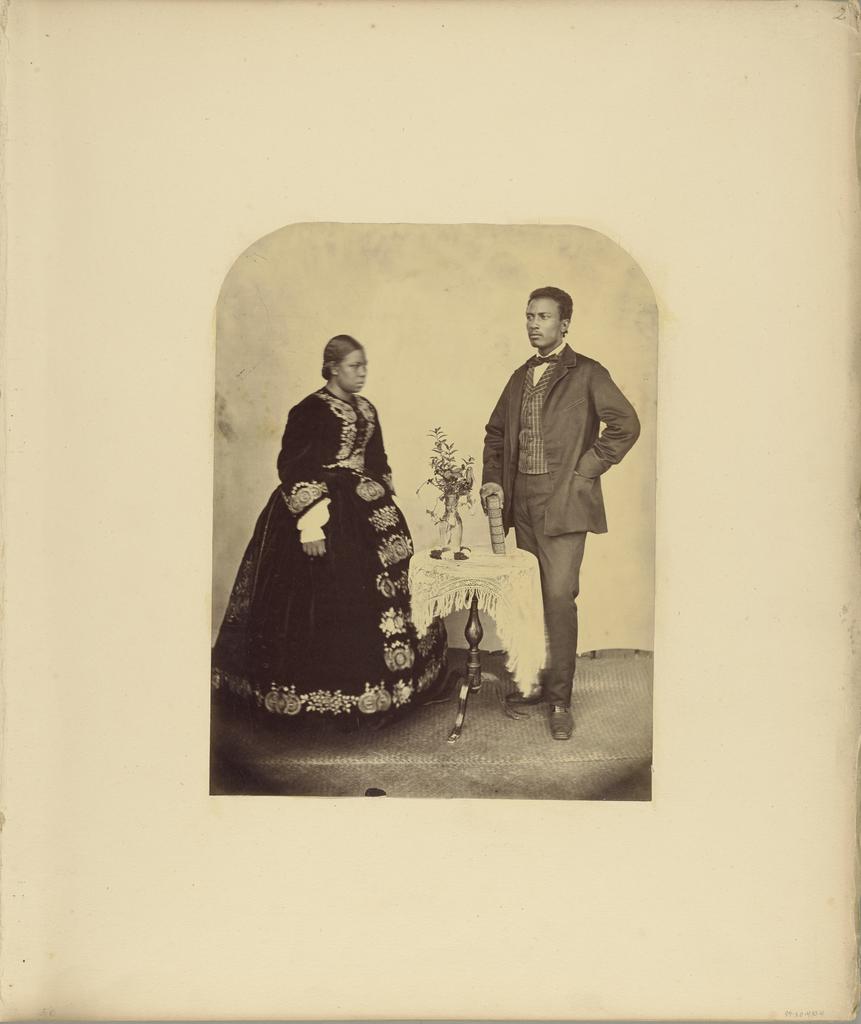
In the summer of 1984, the Getty Museum announced the founding of its Department of Photographs under the direction of curator Weston Naef. This venture extended the institution’s collection beyond paintings, sculpture, decorative arts, drawings, manuscripts, and antiquities, and expanded it temporally beyond the nineteenth century (the other departments did not collect past 1900). The establishment of the Department of Photographs was unusual in that it was assembled from the simultaneous purchase of sixteen private collections, including those of Samuel Wagstaff Jr., André Jammes, Arnold Crane, and Volker Kahmen and Georg Heusch. The Wagstaff collection was the Museum’s largest acquisition to date, rivaled only in breadth and depth by the holdings of Crane. The acquired portion of the Jammes collection was concentrated in nineteenth-century French photography, while the Kahmen/Heusch collection focused on twentieth century German works. These were purchased along with twelve other significant international collections for a combined total of more than forty thousand photographs. The greatest strengths of the founding collections were in nineteenth- and early-twentieth-century European and American photography, including extremely rare objects from the dawn of the medium.
Exposing the Medium
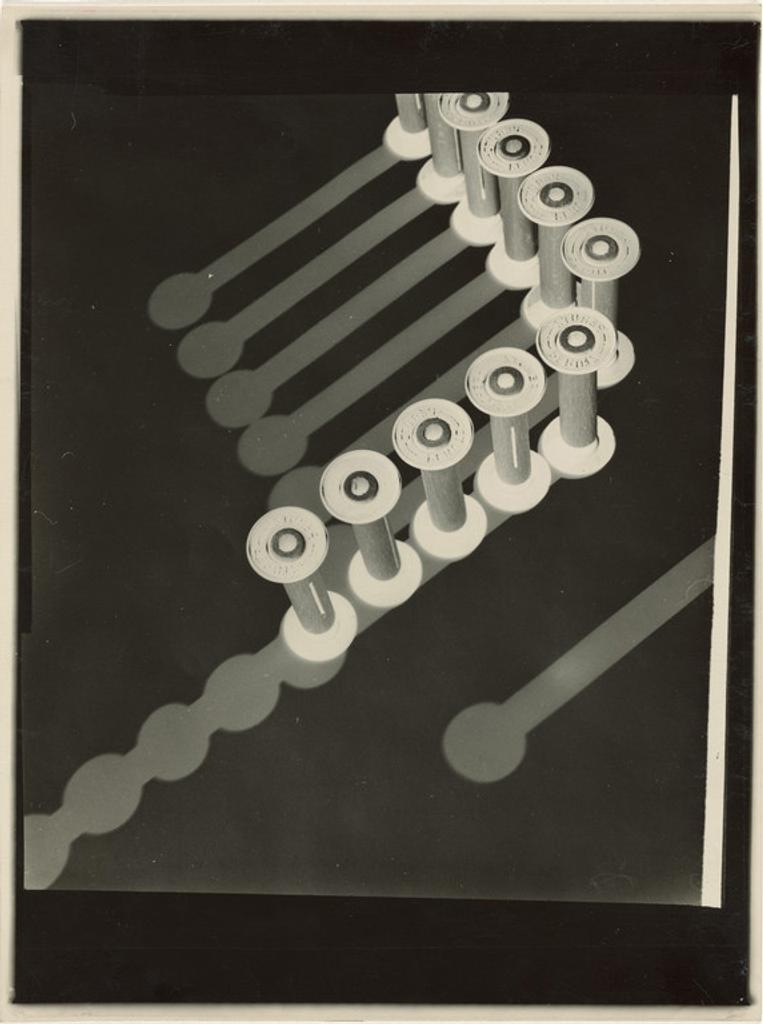
This gallery presents a selection of works from the 1850s to the 2010s inspired by technical aspects of the photographic medium and its own history. The camera is a closed box by its very nature, and the traditional darkroom is a secure chamber where photographers literally operate in the shadows. But the essential elements of analog photography—the workings of light and the light-sensitivity of certain materials—have been a continued source of fascination for its practitioners. The artists represented here have chosen to illuminate the tools of their trade, exploring the medium’s devices, chemistry, and optics, its origins and transition into the digital age.
Behind the Scenes
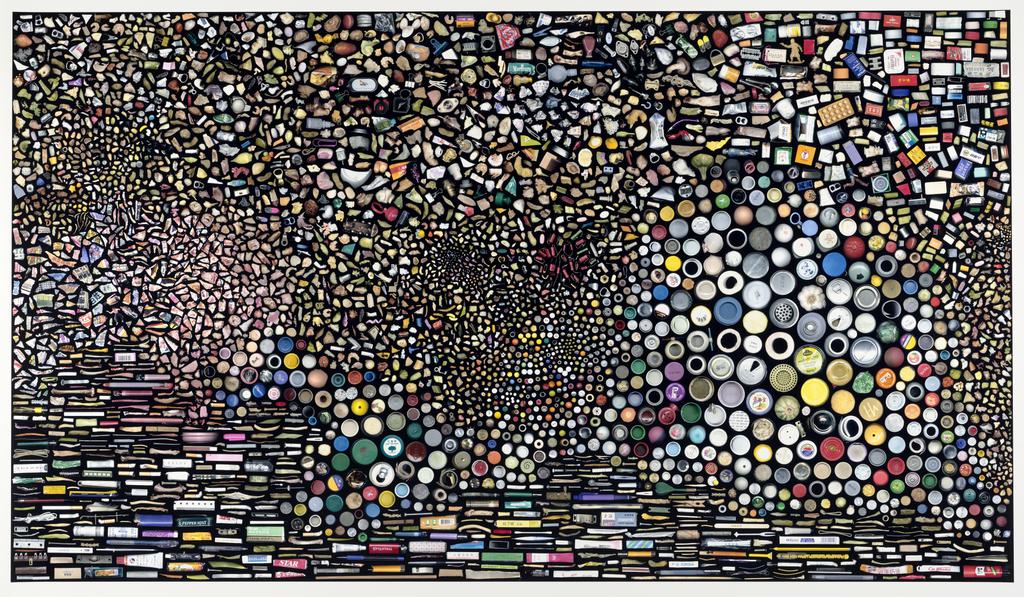
Have you ever wondered about the life of photographs in the Getty Museum’s collection when they are not on view? A team of skilled professionals care for, handle, and monitor the works of art. Curators assemble and study the collection and plan exhibitions; conservators repair and preserve the photographs; mount makers prepare them for display and storage; and registrars track their movement and location. This gallery provides a look at what cannot be seen in the Museum’s many public spaces but is at the heart of our mission.
The Getty Museum Photographs Council
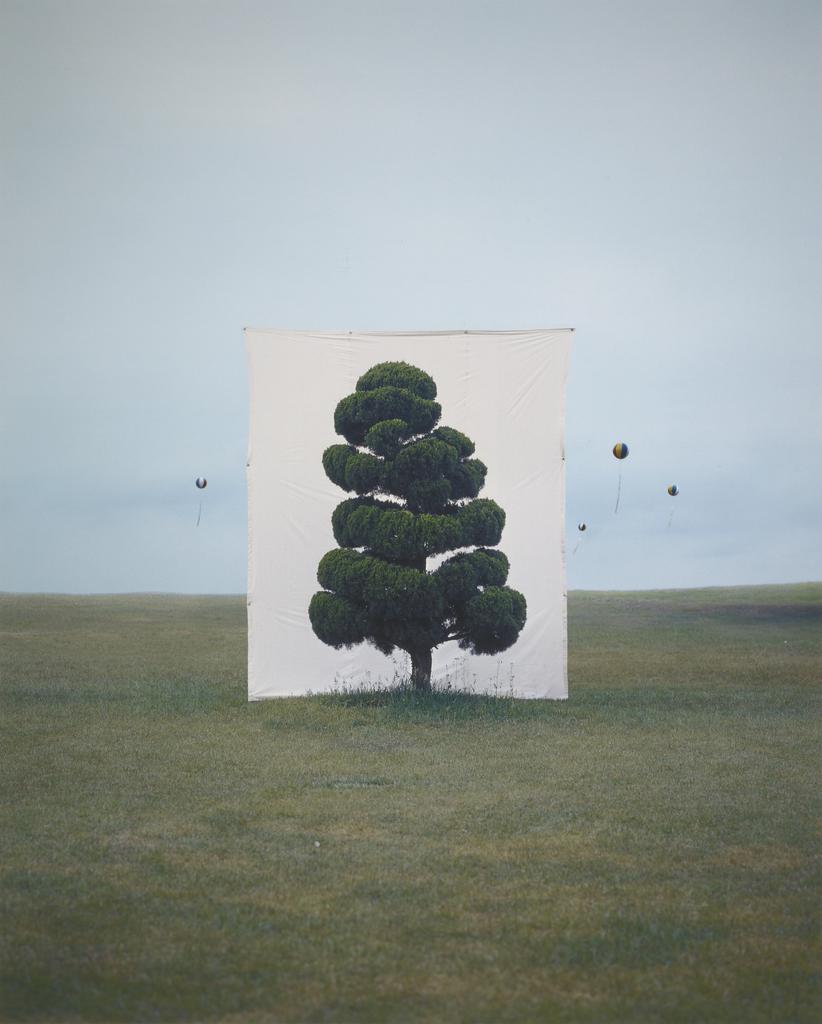
The Getty Museum Photographs Council was established in 2005. Comprising thirty-five members, this dynamic group supports the curatorial program of the Department of Photographs, especially with the acquisition of works made after 1945 by artists not yet represented or underrepresented in the collection. Since its founding, the council has contributed over $3 million toward the purchase of nearly five hundred photographs by artists from Argentina, Australia, Canada, Japan, Korea, Malaysia, South Africa, and Taiwan, as well as Europe and the United States.
Acquisitions supported by the council routinely enrich and inform exhibitions at the Getty. They have augmented thematic overviews of the permanent collection; inspired monographic exhibitions on John Humble (2007), Hiroshi Sugimoto (2014), Chris Killip (2017), and Gordon Parks (2019); and enhanced noteworthy surveys of experimental work (Light, Paper, Process, 2015), photography in Argentina (Contradiction and Continuity, 2017), and fashion photography (Icons of Style, 2018).
The council also supports lectures and educational programs. These have included a symposium celebrating the 175th anniversary of photography in 2014 and artist talks by Chris Killip, Robert Polidori, and LaToya Ruby Frazier.
New Acquisitions
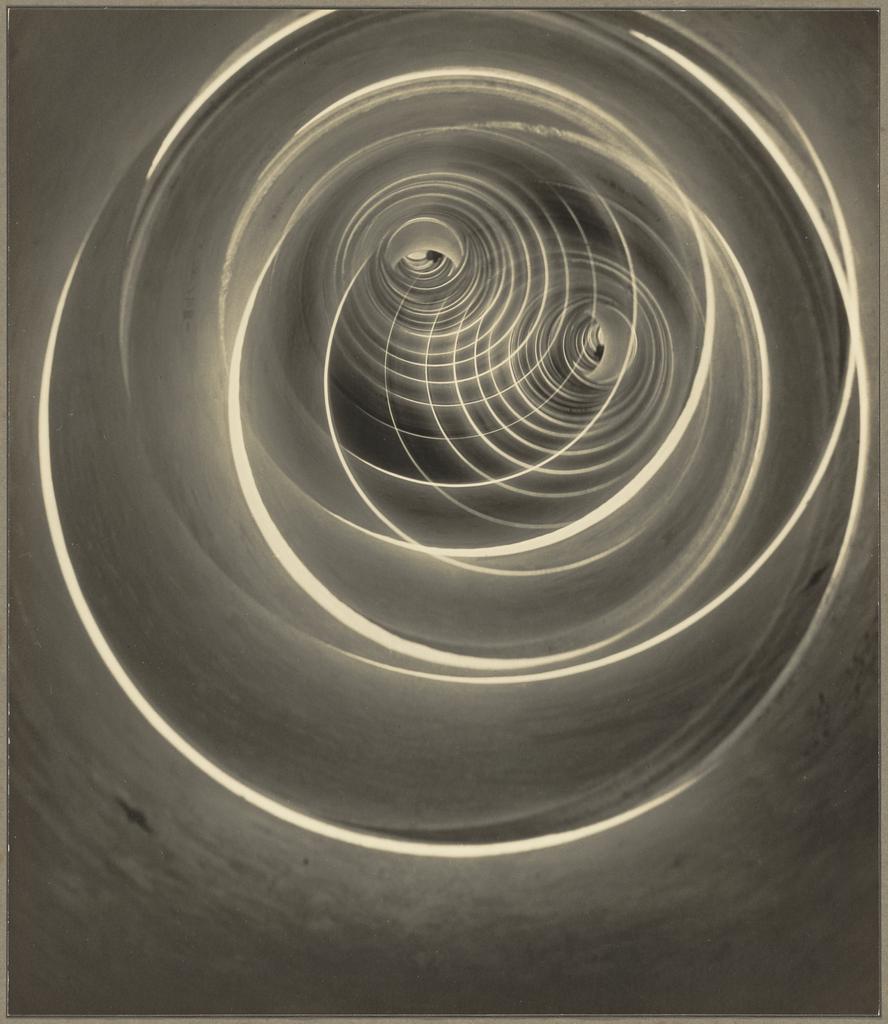
As the Getty’s Department of Photographs looks to the future, its curators are eager to build on the strengths of the collection while continuing to seek works of art that offer new perspectives. In today’s image-saturated world, it is easy to find oneself skimming past pictures quickly, but museums offer the opportunity to spend time with photographs that encourage and reward close attention.
This gallery, devoted to new acquisitions, highlights a few of the department’s recent initiatives. Priorities include strengthening diversity before and behind the camera, collecting works relevant to Southern California communities, and continuing to acquire photographs that expand our understanding of the history of the medium. While the initial gallery of the exhibition offers a sense of the strengths of the founding collections, the works in this space demonstrate the ways in which the department is growing from its foundations.
